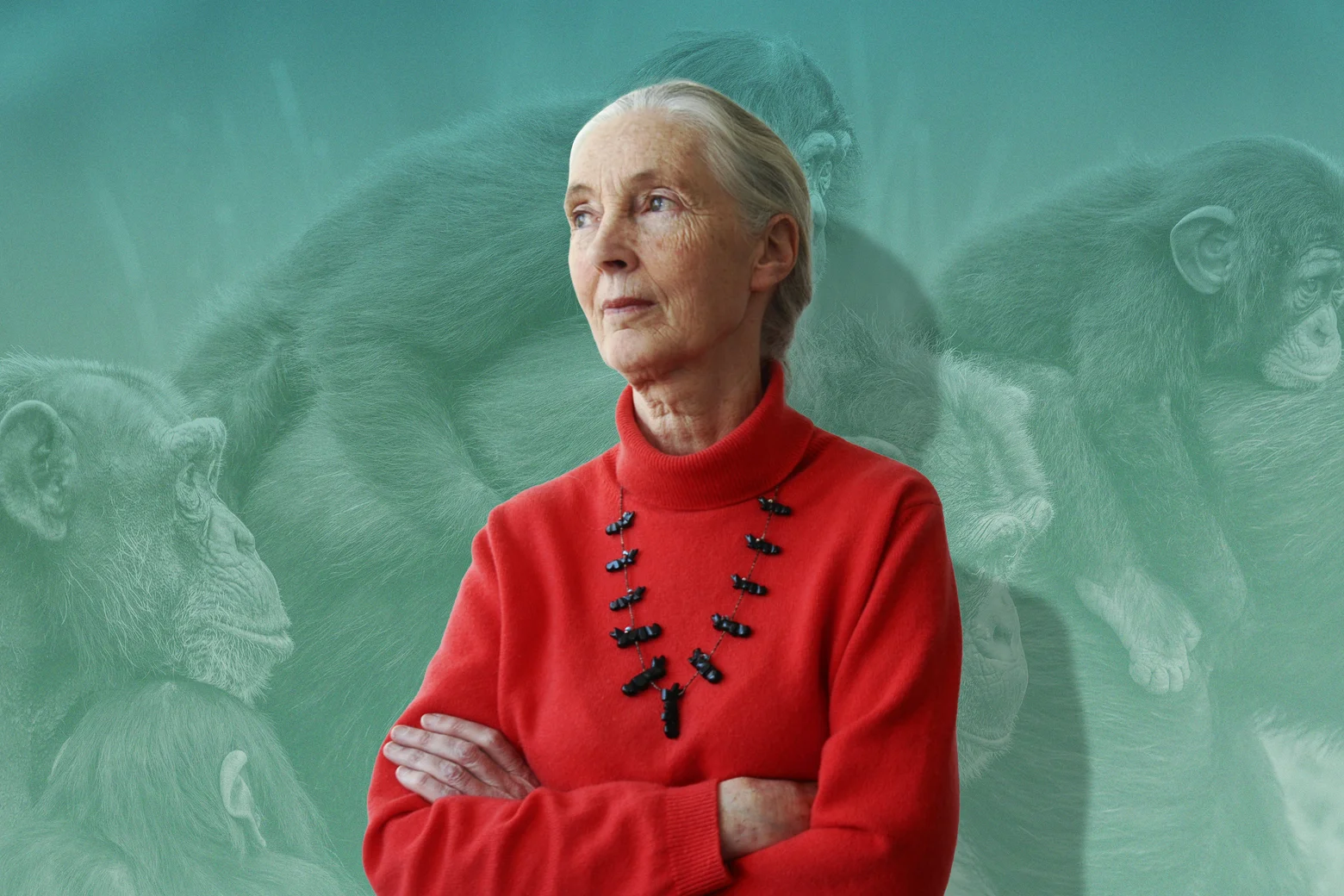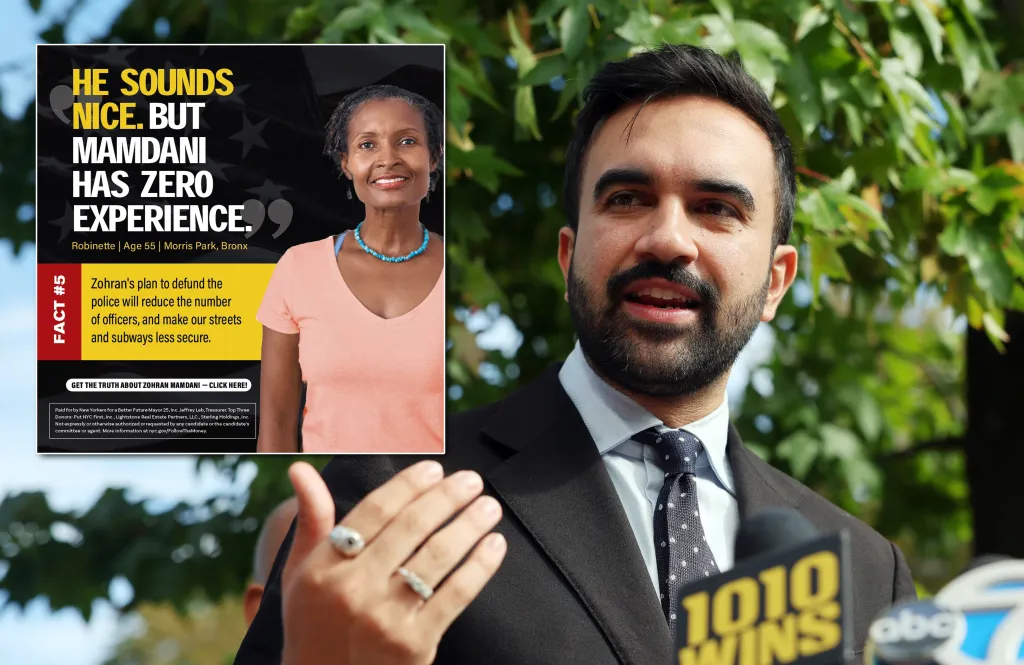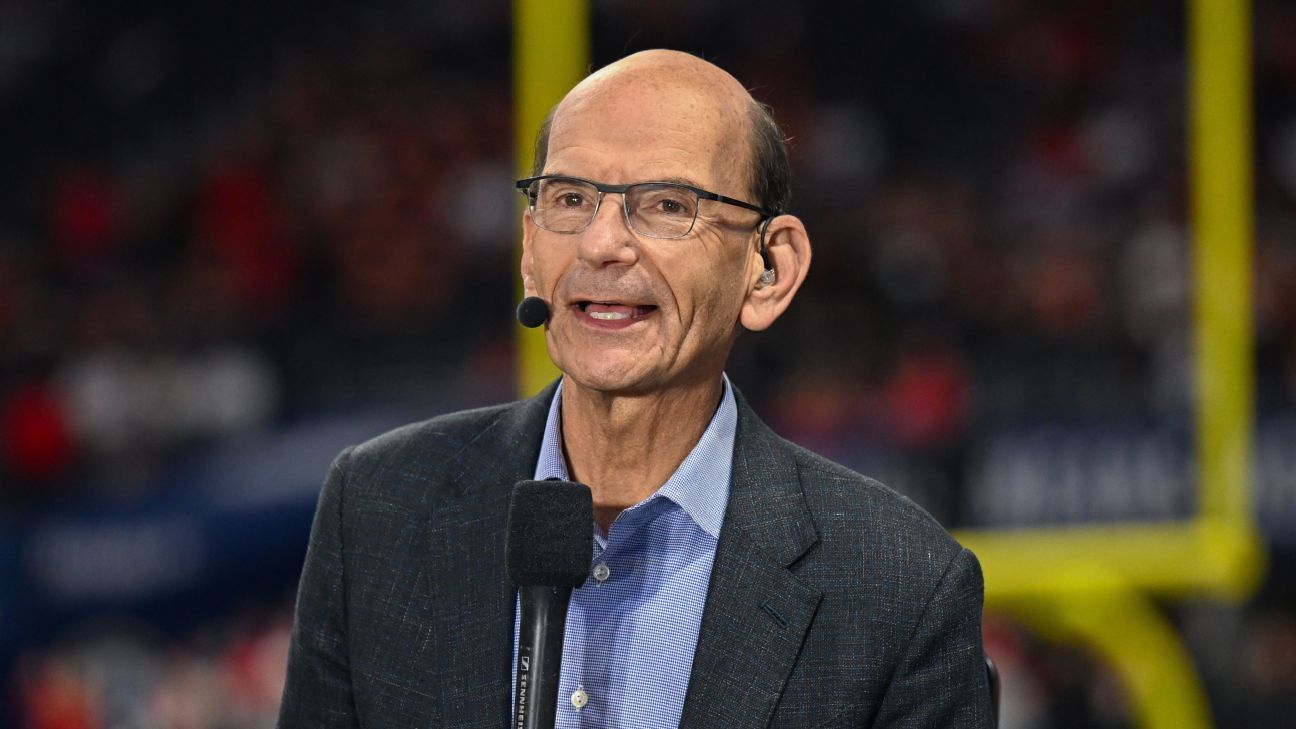
Sign up for the Slatest to get the most insightful analysis, criticism, and advice out there, delivered to your inbox daily.
Jane Goodall’s death at 91 on Wednesday marked the end of a truly extraordinary life. She made discoveries that upended her field and fundamentally changed the human understanding of our closest animal relatives. She inspired generations of conservationists and researchers, and sparked a global fascination with chimpanzees and their fragile habitats. And there is perhaps no person whose life and work was so integral to my own political development, and in particular my feminist politics.
You may have heard of the Horse Girl: the adolescent female obsessed with beasts of the equine variety, the girl who watches National Velvet on repeat and begs her parents for riding lessons. But there is also the Primate Girl: she who is fascinated by monkeys and apes, who dreams of South American jungles and African savannas, who invariably lists “primatologist” in response to any “what do you want to be when you grow up” question. In case it’s not clear, I was a Primate Girl, and a Chimp Girl more specifically. And we Primate Girls just lost our North Star.
As a child, I collected stuffed primates. I had at least a dozen, but there were three favorites: Claude, a small white capuchin named after my favorite artist; Joy, a furry white ape who I think was supposed to be a Japanese macaque but was particularly compelling because she had boobs; and Walter, a chimp in a Hawaiian shirt. When I was in my mid-20s, a woman I can best describe as a sister-friend—the eldest of a large troop of neighborhood children, who babysat me and treated me like a younger sibling—came over to my mom’s house with her little boy, and he took a liking to Walter. He toted Walter around the whole day, and at the end of their visit, I told him he could take Walter home if he wanted to. But I won’t lie: it was painful to give Walter away, even though I was a 20-something soon-to-be lawyer in New York and Walter had been living out his days in my childhood bedroom in suburban Seattle.
He was a symbol not just of childhood play, but of the first time I saw myself as having an obligation to fight on behalf of people and creatures outside of my immediate family and community. I loved monkeys not just because they were funny and cute, but because they seemed so human—and thanks to Goodall, they were the first creatures I ever felt compelled to try to defend.
I suspect that it is part of our nature as humans to look for differences: to see how animals are different from us, to notice how other people are different from us, and then to exaggerate these differences and use them to convince ourselves of our own superiority. Goodall took the opposite approach. She gave the chimps she researched names rather than the conventional numbers. She took seriously their intelligence, noticing their use of tools and their organized community systems and hierarchies. She was fascinated by their “rich emotional life:” how they parented, how they courted and mated, how they interacted with each other. She empathized with them, and without anthropomorphizing her subjects, she also saw just how closely chimps resemble you and I. It was that empathy, and her impulse to advocate for the wellbeing of the animals she studied rather than simply observing them, that so profoundly shaped my worldview, first as a young animal rights activist, and later as a feminist.
I don’t remember the first Jane Goodall documentary I watched or the first Jane Goodall book I read or the first issue of National Geographic in which I saw her photo. But I remember dreaming of being a writer, and thinking that, like Jane, I might be able to tell a good story about animals. I started out by dictating them to a beloved aunt, who would put pen to paper before I was physically able to write. My first attempt at a real book was in the second grade, when we were supposed to write a two-page story. Mine went on for 24; my teacher spiral bound it for my parents (yes, I was That Kid). It was about a chimp and the decimation of his habitat.
Two years later, in fourth grade, I started a letter-writing campaign to Proctor & Gamble, asking them to stop testing their products on animals. Goodall had advocated against medical testing on chimpanzees, and I admired her efforts. But I wasn’t sure that large research institutions would listen to a bunch of fourth-grade girls. Companies that made the cosmetics, shampoos, and other beauty products sold to teens and tweens, though? I suspected they might be a little more interested to hear from the people set to be their consumers for the next several decades. I brought nice stationary to school, gave all the kids my spiel about the horrors of animal testing, and asked them to spend their recess telling P&G their thoughts. Then I gathered up all the letters and had my mom help me put them in the mail.
I regret to inform you that my letter-writing campaign did not end cosmetic animal testing or even merit any reply at all, despite the passionate pleas of a half-dozen nine-year-olds who had just learned their favorite shampoo had once been dripped into the eyes of bunnies. But it felt good to learn about a problem and at least try to do something about it. It felt good, as a fairly powerless adolescent girl, to identify creatures who had even less power than I had, and to stand up for them. I swore off all products tested on animals. I went vegetarian.
It took another decade before I would really think to stand up for myself and the female half of the human animal population. That feminism, too, is partly to Goodall’s credit. Yes, she was a groundbreaking female researcher in a field that was overwhelmingly male, and that was inspiring. But I also grew up in the “girls can be anything” ‘90s; I didn’t need Goodall to show me that a girl could be a scientist, because I hadn’t really doubted that in the first place.
What Goodall demonstrated instead was an impulse to find commonalities—to see humanity in animals that are so very close to us humans. That same sensibility shaped my feminist politics: we spend so much time obsessing over the differences between men and women, we fail to see that we are much more alike than we are distinct. I am interested in equality, but I am more interested in creating a society in which each of us can be who we are, rather than boxed in by sex. If we could ever manage to strip off all the accoutrements and expectations we layer on each other simply by virtue of our gender, we would all be a lot freer and probably find it a lot easier to live with each other. That impulse toward commonality-finding, and a politics shaped by curiosity and an allergy to hierarchy, was something I saw in Goodall and sought to emulate.
Goodall also made far-away places seem more interesting and compelling than foreign and frightening. When I left a thriving career and sprawling social life in New York to move to Nairobi with my then-boyfriend after just a few months of dating, it felt both totally insane and like the exact right kind of risk. Goodall had made the same journey in her early 20s, although hers was by freighter from London and mine was on KLM with my three-footed Brooklyn street cat as cargo (my penchant for rescuing broken animals, of which Peg-Leg Pete is one of several, may also be a Goodall legacy).
Her time in East Africa kickstarted her career, as she was the first to discover that chimps, like humans, use tools; she spent the next several decades frequenting the Gombe reserve in Tanzania. I can’t say I made any world-changing discoveries in my own too-few years in the region, but I did spent much of my time there writing magazine stories about the many ways in which women’s lives and bodies were imperiled by more-powerful and often far-away men, including conservative politicians in Washington, DC.
And while my professional work has focused more on human animals than non-human ones, my time in the region Goodall so loved also cultivated a deep reverence for the natural world and a renewed urgency in protecting it. I still return to Kenya every year, leading annual writing retreats in which I bring a small group to some of my favorite places in the country. And one of those places is Ol Pejeta, a conservancy that is home to 165 critically endangered rhinoceroses, including the last two remaining northern white rhinos on the planet, and that is now engaged in an innovative effort to do rhino IVF in the hopes of creating more of these nearly-extinct creatures.
This same conservancy also houses a chimpanzee sanctuary—part of a project with the Jane Goodall Foundation. Chimps are not native to Kenya, and the ones at the sanctuary were typically trafficked as babies after seeing their families killed, and then kept as pets, performers, or curiosities (the great apes trade is one of the more horrifying cruelties toward our closest animal relatives). They cannot be rewilded, and so the sanctuary provides them safe haven after being rescued from abandonment and abuse. Although I’ve been to Ol Pejeta conservancy many times over, I’ve actually only visited the chimp sanctuary once, and don’t plan to go back—not because it’s unimportant, but because my heart can’t handle what humans have done to these almost-human creatures.
“Since young girls began reading about my early life and my career with the chimps, many, many, many of them have told me that they went into conservation or animal behavior because of me,” Goodall told CBS News a few years back. “I sincerely hope that it will help to create more interest and fascination in the natural world.”
I did not go into conservation or animal behavior, despite putting Jane Goodall toward the top of my most-admired list. But she did create in me a deep fascination with the natural world, and with primates in particular. And more importantly, she fostered a way of being that has animated my entire adult life.
Three weeks ago, I brought my one-year-old son to the United States for the first time, traveling from our current home in Hong Kong to my always-home of New York. My mom met up with us, and pulled a special surprise out of her suitcase: A long-armed Hawaiian-shirted chimp. His stuffing has worn thin, and the soft fabric of his mouth has worn off. But Walter still looks like Walter. The little boy who kept him for the last 17 years is now headed off to college, and at his graduation party, he brought Walter out of his bedroom and asked my mom to deliver him to my little boy. You never know how these things are going to go, and as a general rule my child is more enthralled with a half-full plastic water bottle than any thoughtfully-chosen toy I hand him. But when Walter came out of the suitcase, he was met with big eyes and a big hug. It’s a silly thing, but in passing him on, I hope I am giving my child gifts I got from Goodall: Respect for creatures large and small; a taste for adventure; and the responsibility to make your one little life as big and meaningful as you can.



